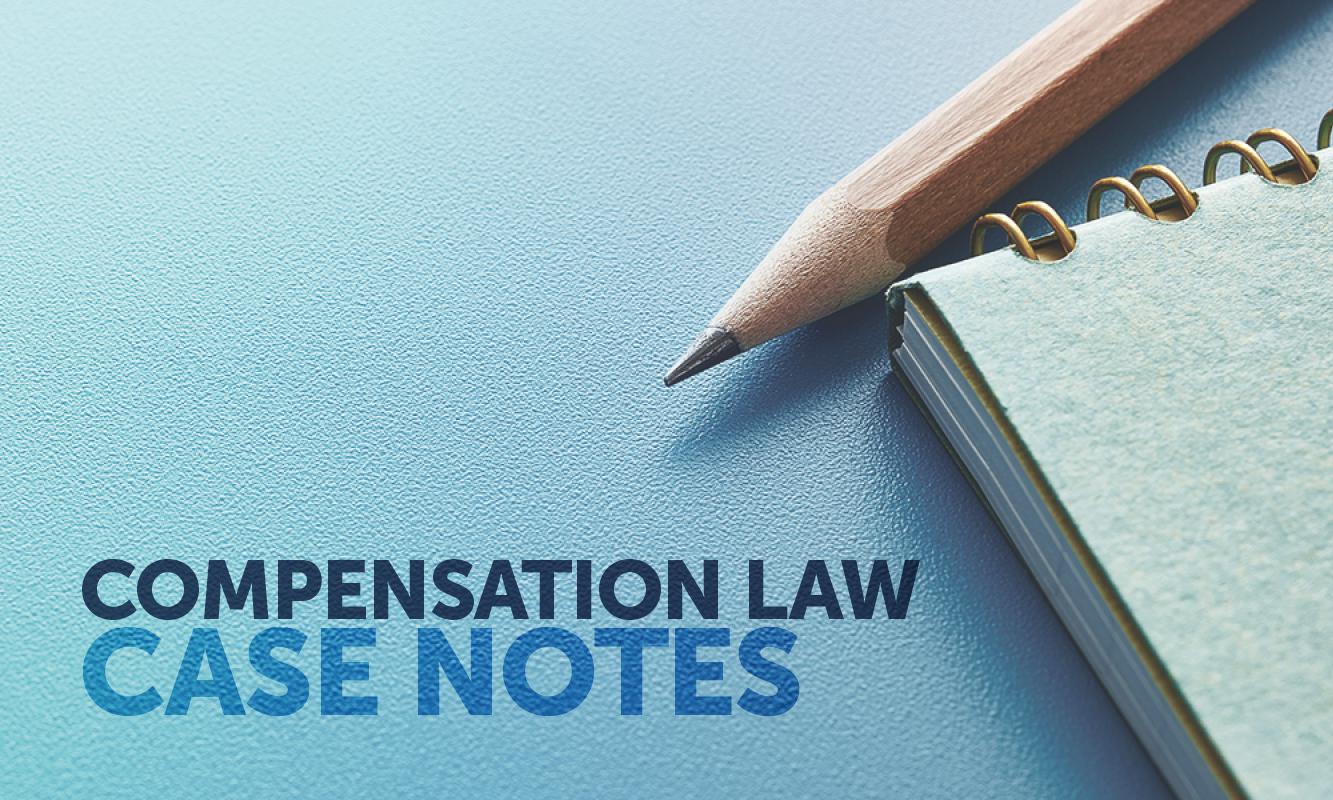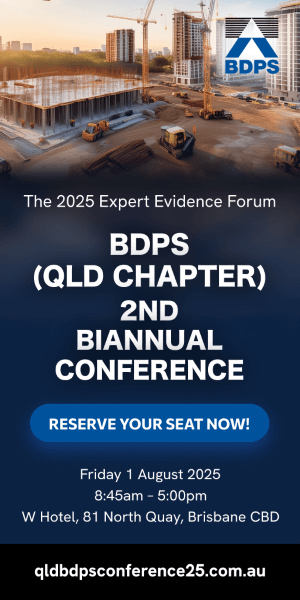Keywords
Fraud – s 118 of the Motor Accidents Compensation Act 1999 – tort of deceit – state of mind of defendant – whether the defendant knowingly or recklessly made false representations to the plaintiff and others to obtain a benefit to the detriment of the plaintiff – whether the plaintiff was induced by the representations of the defendant – application of Briginshaw – tendency evidence – whether true value or settlement value theory applies
Facts
The defendant was involved in a motor vehicle accident on 31 July 2013. He made a claim in late 2013, which was settled in 2015. As a result of that accident, the defendant claimed that he suffered severe and debilitating depression. This was confirmed by doctors relying on the defendant’s self-report. The claim was settled on 9 March 2015 for $750,000 inclusive.
After the settlement, the defendant’s wife brought her own claim alleging that she suffered a psychological injury arising out of her husband’s accident. She was assessed by a psychiatrist on 11 October 2017 and on the basis of what she informed the psychiatrist, the plaintiff formed the view that the defendant had misrepresented his condition, for the purpose of enriching himself.
The plaintiff’s case was that the defendant’s purpose was to achieve financial gain, with the intention that the plaintiff would be induced by and rely upon his representations. The plaintiff’s view was that the defendant had knowingly made false and misleading representations with respect to his psychiatric condition.
Decision
- Judgment for the plaintiff in the amount of $670,000. Weinstein J, decision delivered 2 February 2024
- I allow interest in a sum to be calculated by the parties. A schedule of interest is to be provided to my chambers within seven days of the date of this judgment.
- The defendant is to pay the plaintiff’s costs on the ordinary basis.
- If any other costs order is cavilled for, the parties are to contact my Associate within seven days so that the matter can be listed for argument.
Ratio
The issue for determination was whether the representations were false and misleading and if so, what is the quantum of the plaintiff’s loss.
The plaintiff relied on witnesses who were regularly in contact with the defendant before settlement, such as Mr Nehme, who was the contractor engaged to build the defendant’s new home.
Mr Nehme gave evidence that the defendant was intimately involved in the construction of the home and displayed behaviour entirely inconsistent with the representations made to the plaintiff.
- The Judge was satisfied the representations made by the defendant to the plaintiff and doctors as to the nature and extent of his alleged psychiatric injury were knowingly false and misleading, that they were made with the intention of inducing the plaintiff to act upon those representations, that they were made with the intention of obtaining a financial benefit in the form of personal injury damages greater than that to which he was entitled and that the representations were a material cause of the plaintiff agreeing to pay the defendant the settlement sum of $750,000.
- The Judge conceded that the cause of action contained in s 118 of the Motor Accidents Compensation Act 1999 (NSW) (MACA) is made out on the balance of probabilities bearing in mind s 140(2) of the Evidence Act. It was concluded the evidence was sufficiently strong to prove fraud. It was also found that the elements of the tort of deceit were also made out on the same standard.
- Damages were assessed on the basis the defendant was entitled to the sum of $80,000 inclusive of costs, absent his false and misleading representations. The plaintiff had paid the defendant $750,000 and was therefore entitled to recover $670,000 plus interest.








Share this article